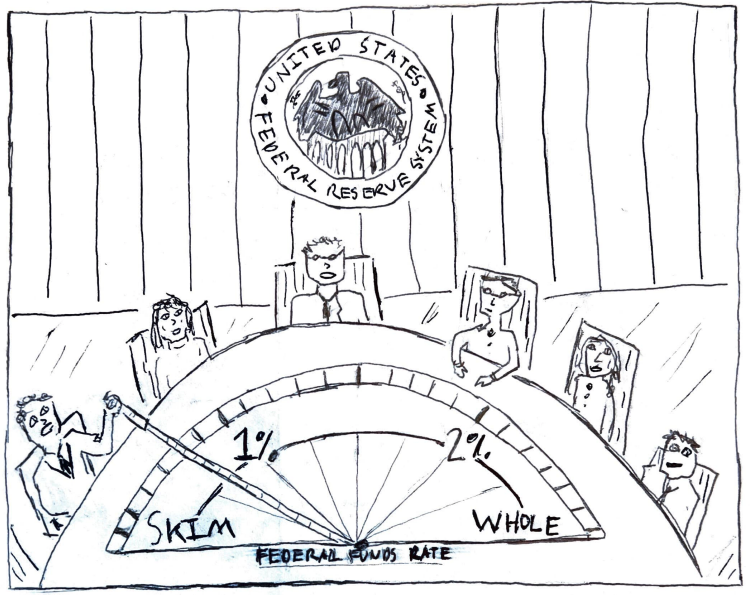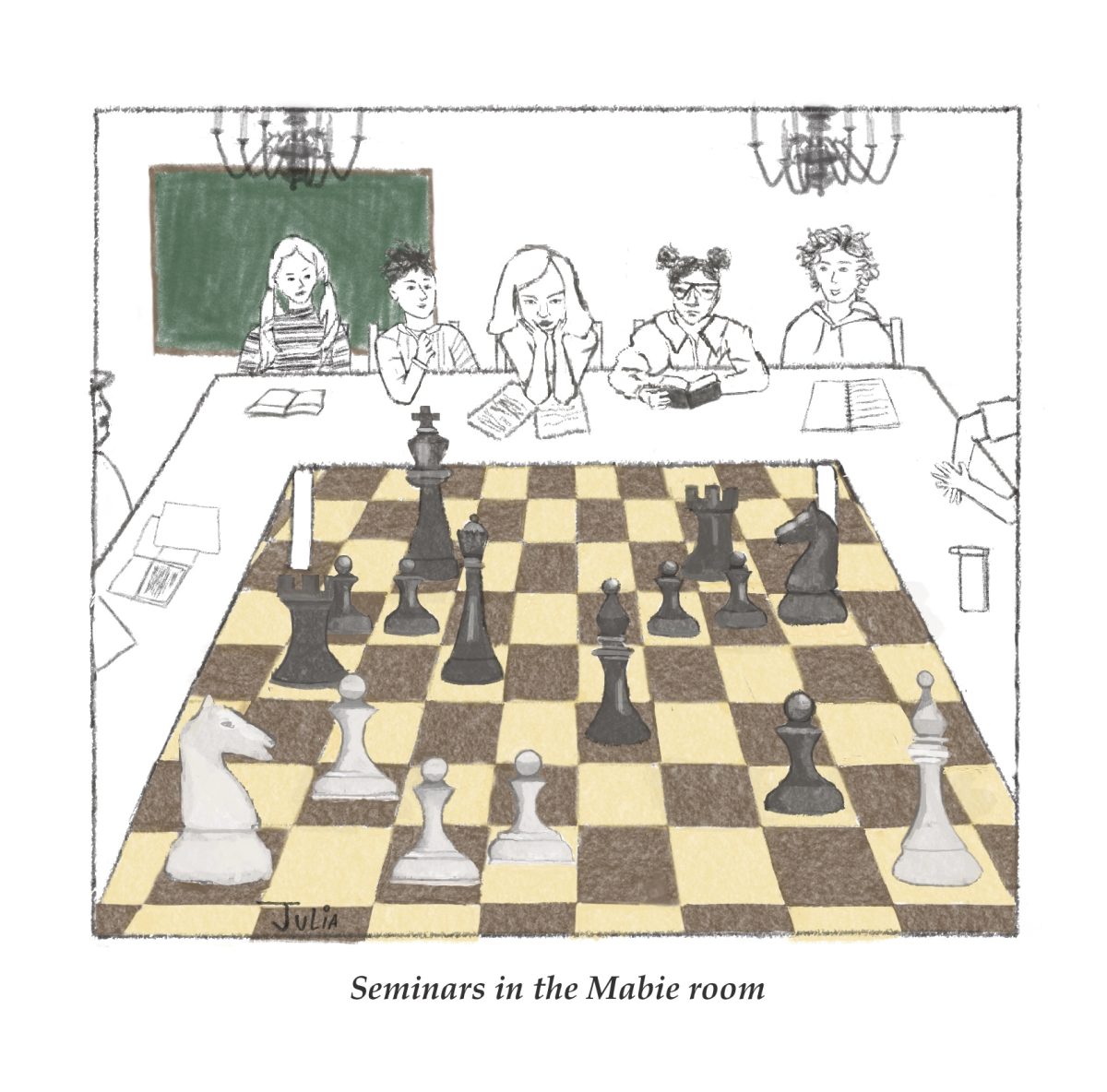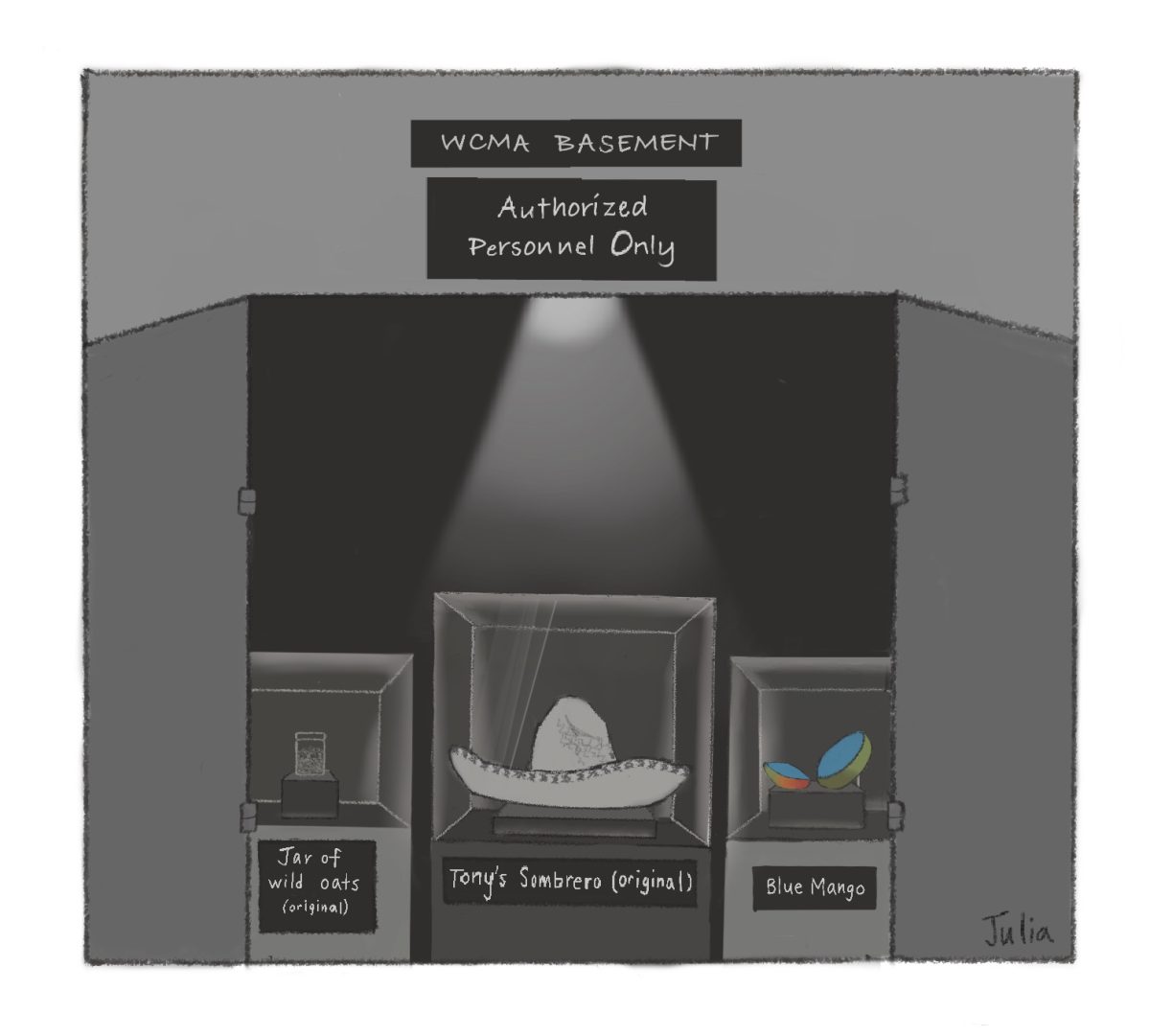Tunnel City is where it all began — the downfall of my credit card, the deepening of my caffeine addiction, and my acquaintance with a different side of Williamstown.
For context, I’m a first-year from Mumbai, India. I come from a place characterized by noise, lights, and lots (and lots) of people. Mumbai is a city that never really sleeps — it hums and pulsates around the clock, and its energy has a way of weaving itself into one’s very being. My choice to attend Williams — tucked away in a quiet, little town with a population small enough to fit into a single Mumbai train compartment during rush hour — might seem a bit odd.
Why did I choose Williams, you may wonder? Like many students at the College, the liberal arts experience and academic opportunities factored heavily in my decision. The College has a way of making itself irresistible with its rigor, and, let’s be honest, the casual fact that it’s ranked as the best liberal arts college in the country. But more than that, I have always fancied myself a bit of an outdoorsy person. I love animals, a good hike, and even the occasional camping trip — so long as there’s a charging port, decent Wi-Fi, and maybe a pizza delivery spot within a two-mile radius. You know, the essentials.
But within the first two weeks of living here, I realized I may have overestimated my love for the great outdoors. I began to wonder at the Berkshire mountains and the sprawling Purple Valley. But it wasn’t an inspirational kind of wonder. It was more like, “‘I wonder how many Starbucks are on the other side of this valley.” That was the day I had the unfortunate realization that maybe, just maybe, I was a little out of my league here.
The quiet was the first thing that hit me. At times, it was more than just peaceful — it was disorienting. I was parched for noise. Where were the sounds of traffic, the late-night food stalls, and the echoes of a night out? Why did people stop to let you cross the road? And, perhaps most bizarrely, why was everyone so cheerful in the morning? I was wary.
Loneliness crept in with the quiet, and soon, the homesickness was palpable. On my third day on campus, I shuffled into Tunnel City with my AirPods in, groggy and caffeine-deprived, hoping to find a flicker of something familiar. The café was alive — so alive, in fact, that I had to turn my music up, and then off entirely. The noise of clinking mugs, overlapping conversations, and the steady hum of espresso machines filled the space. It wasn’t the Mumbai buzz I craved, but it was something. A hum, a pulse — a heartbeat.
Tunnel City wasn’t an epiphany in the dramatic “Luke, I am your father” sense. It didn’t change everything overnight. But as I sat there sipping my latte, I felt a subtle shift. I began to make peace with a truth I’d resisted: Williamstown isn’t a city, and it never will be. It doesn’t have the chaos, the rush, or the sheer volume of bodies moving at all times. But what it does have is its own kind of pulse. It’s quieter, yes, but no less alive. At Tunnel, I wasn’t just a customer buying coffee — I was stepping into a community that felt small but deeply connected.
Williamstown doesn’t have a Shake Shack on every corner or the anonymous crowds of Mumbai. But it has something urban areas often don’t have: a way of making you feel seen. In a city, you’re a face in the crowd, an extra in someone else’s story. Here, you’re part of the narrative whether you like it or not. There’s no hiding in the background when the person ahead of you in the café line is also your chemistry lab partner and the staff at Pappa Charlie’s know your name and your order.
Nightlife is an essential part of any city. While New York has the electric glow of Times Square, Williamstown offers its own version of after-hours energy on Hoxsey Street. On a weekend night, the houses are (ideally) alive with music and voices spilling out into the crisp night air. The occasional accidental jostle as someone squeezes past reminds me of crowded street festivals back home. Somehow, the sheer lack of coordination makes me feel grounded.
I found that balance is key. For every bustling moment in the line at Whitmans’, I stumbled upon a vastly different world of glass windows, central heating, and a perfect view of the mountains — the upstairs of Paresky. Down below, life hums with activity; up top, it’s just me, a Lee Snack Bar yogurt, and the kind of stillness where I can think about all the things I’ve been avoiding. It has become my quiet escape within the quiet escape of Williamstown.
The College doesn’t ask you to be anyone but yourself, but it does challenge you to figure out exactly who you are. Somewhere between trying to run away from the rural atmosphere and longing for the rush of city life, I found myself in a place of my own creation: a middle ground. Williamstown isn’t urban, and its beauty lies in the fact that it’s not trying to be. It’s not the place I expected, but maybe that’s the point.
Sometimes, what feels like a defeat — letting go of what you’re used to — is really just the beginning of something new. And that, to me, is an adventure. The College is the kind of place where you can be stressed about your math homework with a view of the most breathtaking mountains, a place where the absence of noise doesn’t mean the absence of life, a space that teaches you that quiet is not the enemy — but where you can start to hear yourself think. And if you are the average Williams student, those are probably rather smart thoughts.
For anyone struggling to find their place in Williamstown, sit tight and take it from me. If I can love it here, you can too. Anyone can — even someone who’s never touched grass before. The trick isn’t to compare Williamstown to where you came from but to let it be what it is. It won’t be the Mumbai of your dreams or the New York of your ambitions. It will be quieter and smaller. But it will also be alive in ways that cities often are not.
Not only did the trek from Mission to Tunnel City help me get my daily steps, but it also gave me something invaluable: a sense of belonging in a place I never thought I’d find. And that, I think, is worth every slightly overpriced latte.
Faarah Bhavnagri ’28 is from Mumbai, India.







